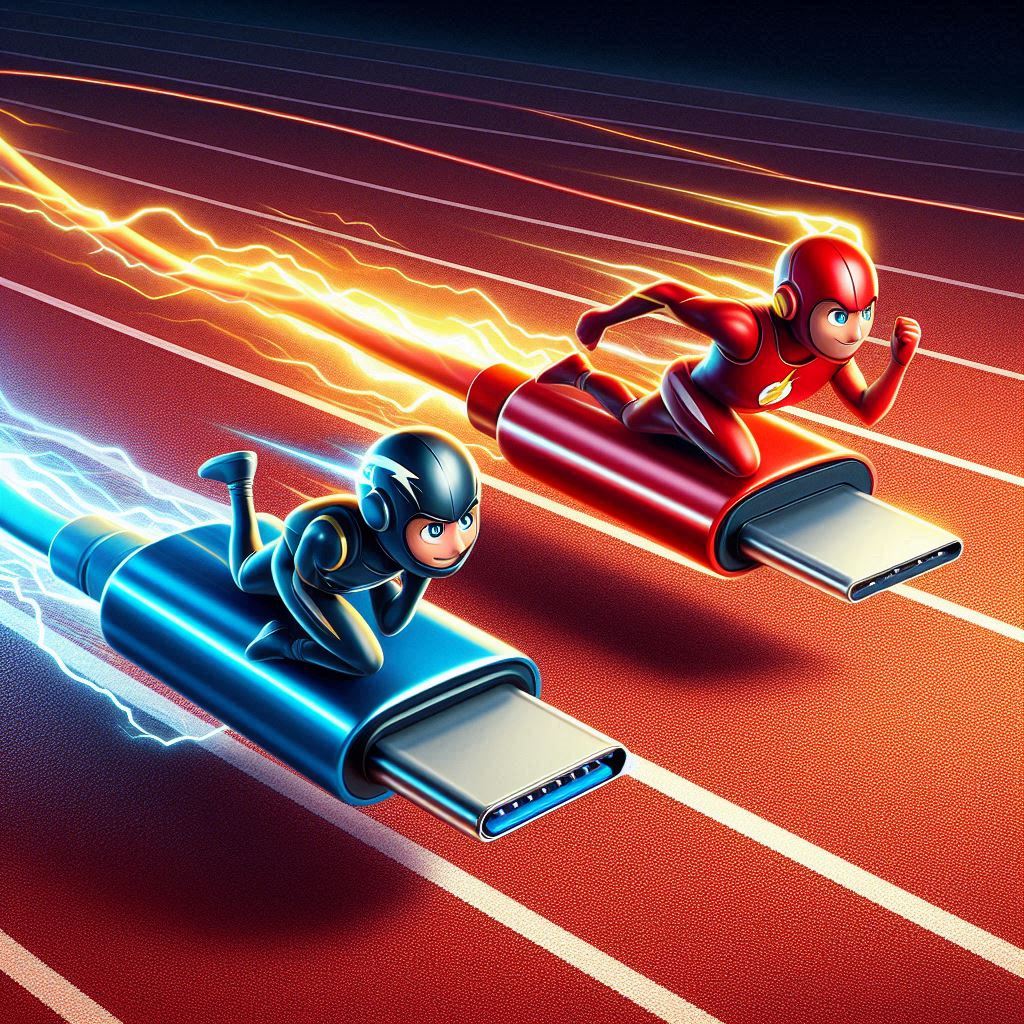The iPhone 15 Pro’s adoption of USB-C charging marks a significant departure from Apple’s proprietary Lightning port, signaling a new era of compatibility and convenience for users. This transition didn’t happen overnight but resulted from a series of events influenced by technological trends, regulatory pressures, and market demands.
The Lightning Port Era
Apple introduced the Lightning port with the iPhone 5 in 2012, replacing the older 30-pin connector. The Lightning port offered several advantages: it was smaller, reversible, and allowed for faster data transfer and charging. For nearly a decade, it served as the standard for iPhone charging and accessory connectivity, becoming ubiquitous among Apple devices and accessories.
Rising Calls for Standardization
As technology evolved, the call for standardized charging solutions grew louder. USB-C, introduced around the same time as the Lightning port, quickly gained traction due to its versatility and widespread adoption across various devices, including laptops, tablets, and Android smartphones. Unlike the Lightning port, USB-C could support higher power delivery and faster data transfer rates, making it a more future-proof option.
The Role of the European Union
The European Union (EU) has been a critical player in the push towards a universal charging standard. In 2009, the EU began urging smartphone manufacturers to adopt a common charging standard to reduce electronic waste and simplify the consumer experience. Despite initial voluntary agreements, the persistence of multiple charging standards, including Apple’s Lightning, led the EU to take a more assertive stance.
In September 2021, the European Commission proposed legislation to mandate USB-C as the common charging port for all mobile phones, tablets, and other electronics sold within the EU. This move was part of a broader initiative to address environmental concerns and consumer inconvenience caused by the proliferation of different charging cables and connectors.
Apple’s Transition to USB-C
Apple initially resisted the shift to USB-C for its iPhones, citing the extensive ecosystem of Lightning-compatible accessories and the cost implications for consumers needing to replace them. However, the company had already started incorporating USB-C into its other products, such as the iPad Pro and MacBook lines, acknowledging the port’s technical advantages.
By 2023, the impending EU legislation, which received broad support from member states and the European Parliament, made the transition inevitable. Apple announced that the iPhone 15 Pro would adopt USB-C, aligning with the regulatory requirements and setting a new standard for its flagship product line.
Benefits and Future Prospects
The switch to USB-C brings several benefits. For consumers, it means enhanced compatibility with a broader range of devices and accessories, reducing the need for multiple cables and adapters. USB-C’s superior power delivery capabilities also promise faster charging times, a crucial advantage as smartphones continue to demand more power for advanced features and applications.
Moreover, the transition reflects a broader industry trend towards standardization, which can spur innovation and reduce electronic waste. By embracing USB-C, Apple not only complies with regulatory requirements but also positions itself to leverage the latest advancements in charging and data transfer technology.
The journey to adopting USB-C charging in the iPhone 15 Pro is a testament to the interplay between regulatory influence, technological evolution, and consumer demand. As Apple bids farewell to the Lightning port, the move to USB-C signifies a step forward in creating a more unified and efficient charging ecosystem, ultimately benefiting users and the environment alike.



